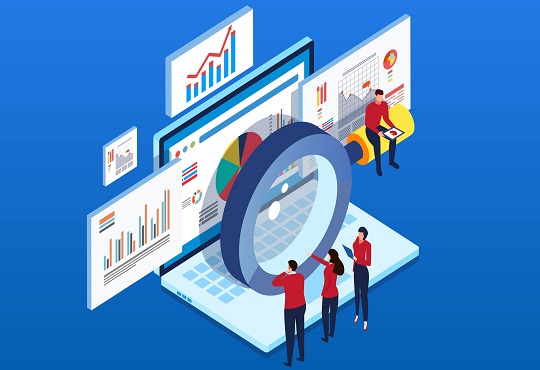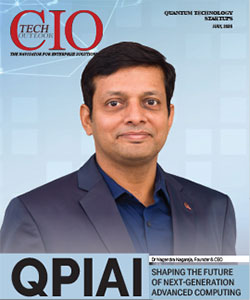Accelerating Digital Transformation with Enterprise Observability
Janifha Evangeline | Sunday, 23 October 2022, 15:13 IST

The more observable a system gets, the more quickly as well as accurately one can navigate from an identified performance issue to the root cause of the problem even without any extra testing or coding carried out. Observability also means software tools & practices that are used to aggregate, correlate, & analyze a steady stream of performance data from a distributed application in Information Technology as well as cloud computing. And the hardware actually runs on it, for monitoring, troubleshooting & debugging the application for meeting customer experience expectations, SLAs & other business requirements effectively.
Although observability is a relatively new Information Technology topic, it is most of the time mischaracterized as an overhyped buzzword. Or sometimes it is a “rebranding” of system monitoring in general & APM. While observability is a natural evolution of APM data collection methods which addresses the rapid, distributed, as well as dynamic nature of cloud-native application deployments, it does not replace monitoring & enables better monitoring & better APM.
Splunk has increased both depth as well as the breadth of its industry-leading observability portfolio. This has enabled clients with the most comprehensive view of their infrastructure, services, users, and applications. To improve the reliability & current monolithic applications performance of customers, the company has come up with new AlwaysOn Profiling for Splunk APM, which is in preview at present.
The need for observability
Over the last 2 decades, Information Technology teams have greatly relied on Application Performance Monitoring for monitoring & troubleshooting applications. Application Performance Monitoring periodically samples as well as aggregates application & system data, which is called telemetry, and that is known to be related to application performance issues. APM analyzes the telemetry that is relative to KPIs & assembles the results in a dashboard for alerting operations & supporting the teams to abnormal conditions which should be addressed to resolved or prevent issues.
Application Performance Monitoring is effectively sufficient to monitor & troubleshoot monolithic applications or even traditional distributed applications. In these cases, new code is released periodically. And the workflows as well as dependencies between application components, servers & its related resources are either known or they are easy to trace.
However, currently, companies are adopting modern development practices rapidly – agile development, continuous integration & continuous deployment as well as cloud-native technologies. Therefore, consequently, they are getting in several other services to market faster than ever. But they are implementing new application components often, in several places, in several different languages, in the process, & for such large different periods of time that Application Performance Monitoring or APM’s once-a-minute data sampling cannot keep pace.
How does observability work
Observability platforms discover as well as collect performance telemetry in a continuous way only by integrating with current instrumentation that is built into application as well as infrastructure components, & by rendering tools for adding instrumentation to these elements. While it mainly focuses on 4 main telemetry types, the 3 pillars of observability such as logs, metrics as well as traces, & dependencies.
Logs – the granular, timestamped, complete, as well as immutable records of application events which appear in 3 formats such as plain text, structured/binary. Logs can be utilized for creating a high-fidelity, millisecond-by-millisecond record of all events. This is to complete with surrounding context where developers can play back for the troubleshooting & debugging process.
After collecting the telemetry, the platform necessarily correlates the telemetry in real-time for providing DevOps teams, site reliability engineering teams, software engineers as well as other Information Technology staff complete, contextual information. The - what, where, as well as why of every event which can indicate, the cause or even be used for addressing an application performance issue or even glean actionable insights.
Several observability platforms discover the new sources of telemetry automatically which may come within the system like that of a new API call to some other software application. Also, since APMs deal with a lot of data than a standard APM solution, several platforms comprise AIOps – artificial intelligence for operations capabilities which sift the signals.
In a nutshell
The most significant benefit of observability is that a highly observable system is easier for understanding not just in general but also in detail since it is easier for monitoring, easier & safer for updating with new code. Most importantly, observability supports the either the Agile or DevOps or SRE goals to deliver higher quality software in a much better way by facilitating a company for Discovering & addressing “unknown unknowns.”
Although a chief limitation for monitoring tools is APMs are only watch for “known unknowns”. However, there are exceptional conditions which we already know to watch for. Observability determines conditions which may never get to know or think to look for. It then tracks their relationship to performance problems & renders the context for finding out the root causes to augment resolution.


.jpg)

